skywatcher
New Member
- Joined
- Apr 25, 2020
- Messages
- 4,446
- Likes
- 1,344
A nice documentary of YF100 LOX/RP-1 engine. Stories behind the scene

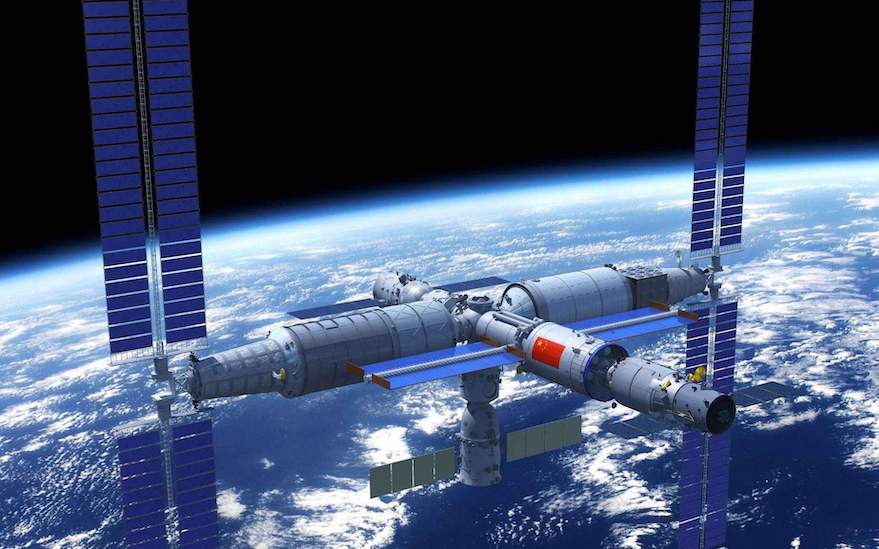
 spacenews.com
spacenews.com
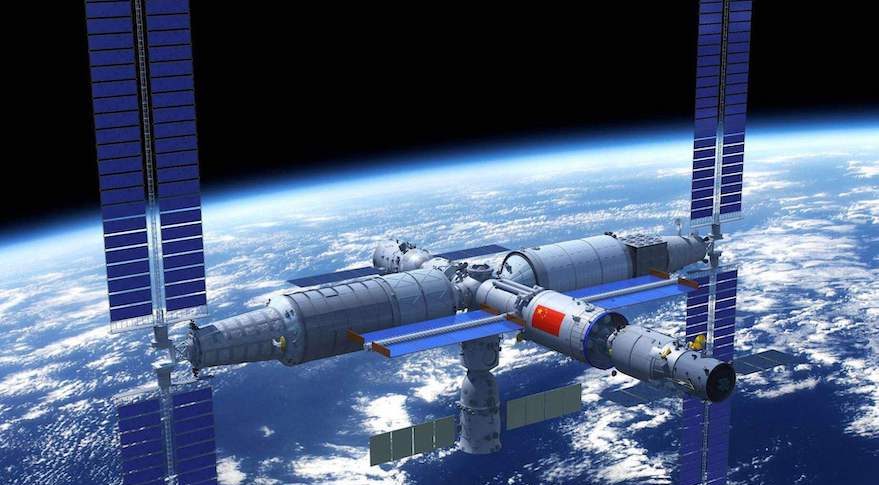

 spacenews.com
spacenews.com
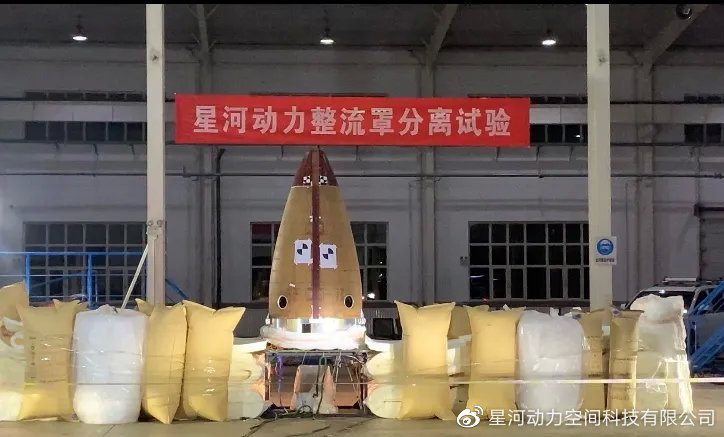
I got it. the bags are cushions...flavour of 2 year old startup....low key startup Galactic Energy Ceres-1 rocket ground fairing separation test on 29 May 2020.
What are those puffy bags? hmm....

Ceres-1 rocket is expect to attempt its first orbital launch in Sep 2020. Delayed from Mar.
gif
 www.spaceflightfans.cn
www.spaceflightfans.cn



 www.spaceflightfans.cn
www.spaceflightfans.cn
Update: Landspace 10 ton thrust methalox engine TQ-11 completed 2,000s test on 5 June 2020. The longest ever single hot test of methalox engine on a domestic level.Update: Landspace completed its third 200s engine test on 13 May 2020.
Zhuque-2 is a medium lift LOX/LCH4 rocket with a payload capacity of 4 tons to LEO. It's scheduled for maiden flight in 2021.
As China's largest private launch firm, Landspace has raised over 1 billion Yuan(143 million USD) since its founding in June 2015.
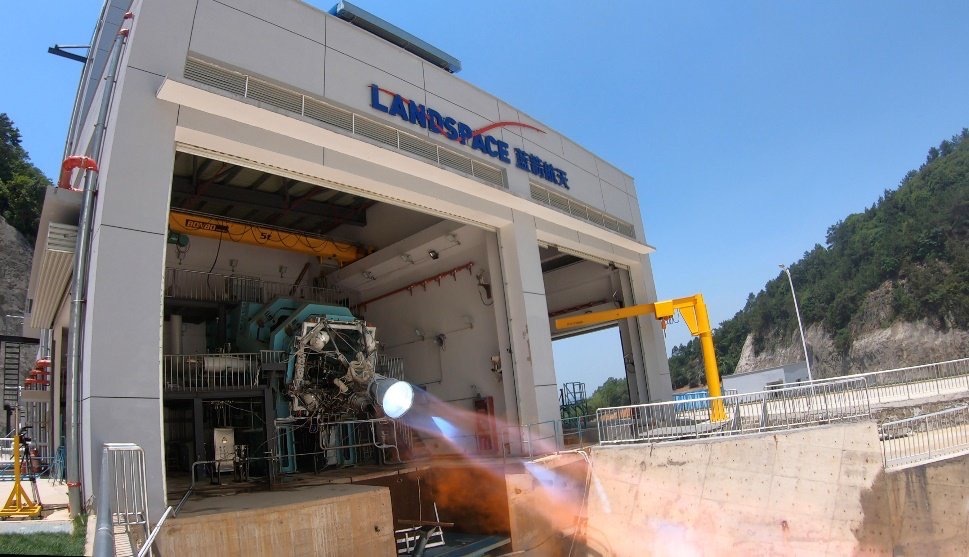
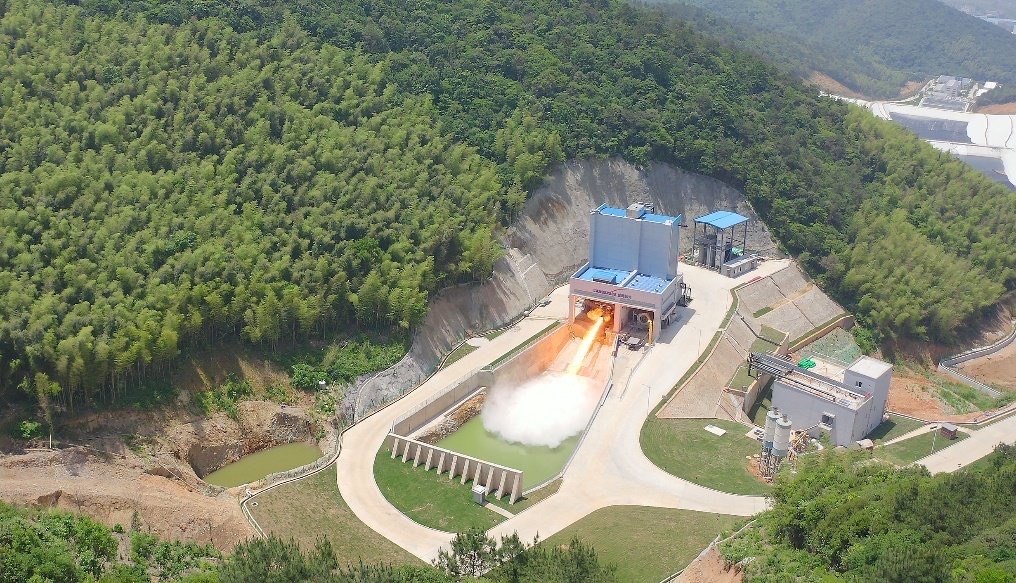

For more information about Landspace, iSpace, Galactic Energy and Deep Blue Aerospace, readUpdate: Landspace 10 ton thrust methalox engine TQ-11 completed 2,000s test on 5 June 2020. The longest ever single hot test of methalox engine on a domestic level.

The 80 ton thrust TQ-12 and 10 ton thrust TQ-11 methalox engines will be used on the liquid rocket Zhuque-2 scheduled for maiden flight in early 2021.
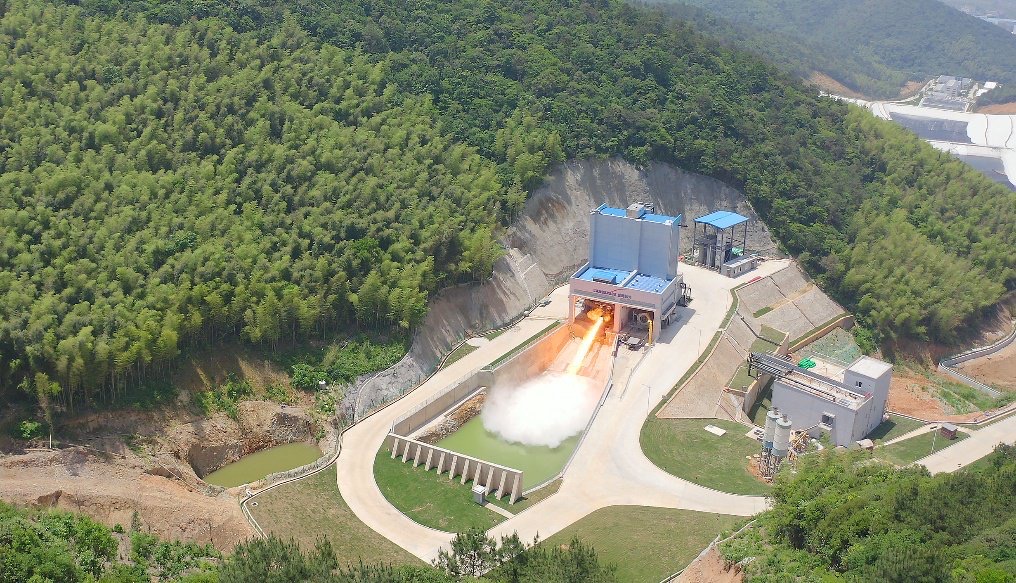
 spacenews.com
spacenews.com
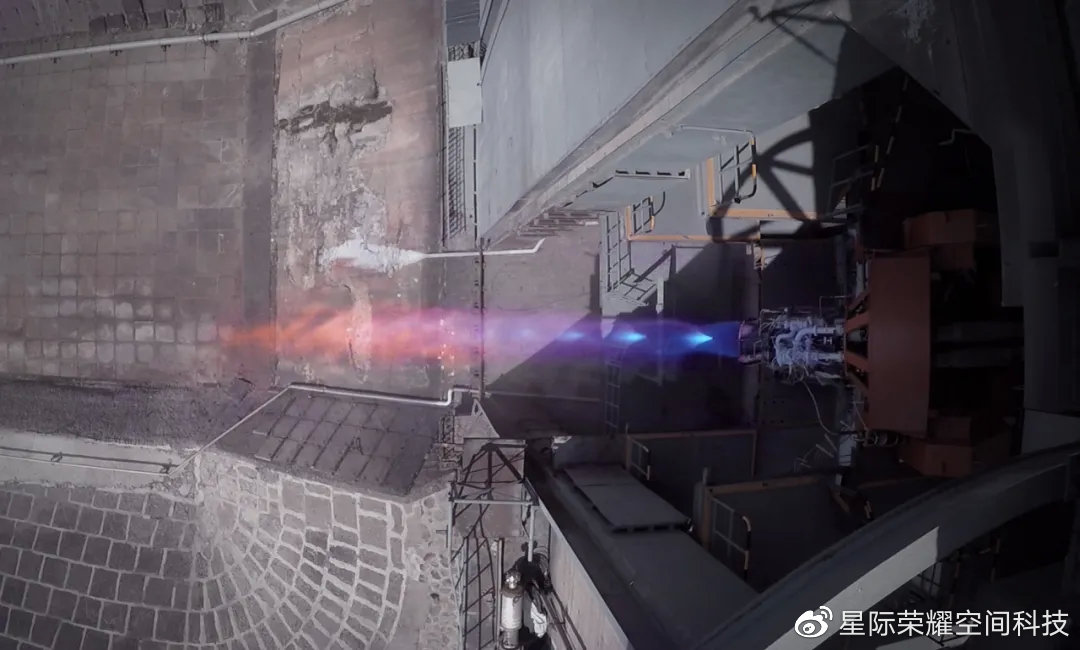

According to iSpace CFO, iSpace is currently in Series B round funding. Its cumulative financing surpassed 800 million Yuan(114 millon USD) by the end of 2019.Update: China's iSpace 15 ton thrust level methalox engine JD-1 completed a 500 seconds secondary start test on 6 June 2020. It's the fourth engine hot fire test made by ispace in one month.


A Long March 2C rocket launched a Haiyang-1D ocean observation satellite on 11 June 2020.A Long March 2D rocket launched a Gaofen-9-02 Earth observation satellite and a Hede 4 satellite on 31 May 2020. It is the 333 flight of Long March series.
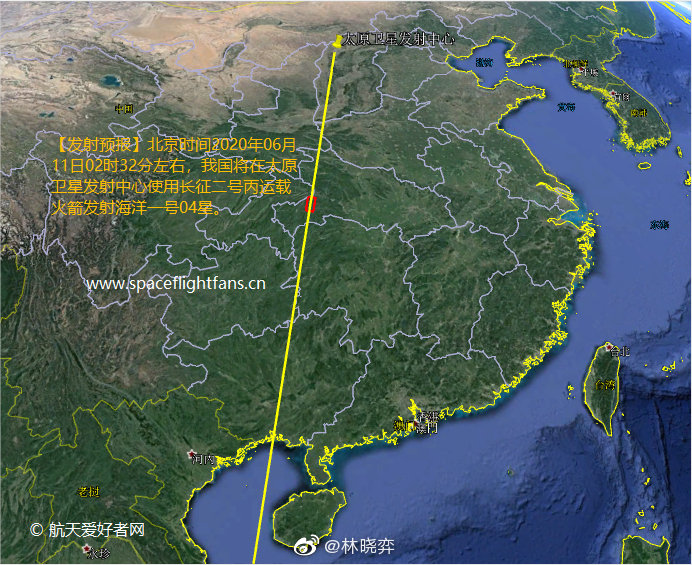
Video: Landspace 10 ton TQ-11 methalox engine 2,000 seconds engine test
A Long March 2D rocket launched a Gaofen-9-03 Earth observation satellite and other 2 satellites on 17 June 2020.A Long March 2C rocket launched a Haiyang-1D ocean observation satellite on 11 June 2020.
It is the 334 flight of Long March series.
 www.spaceflightfans.cn
www.spaceflightfans.cn
China completes Beidou global networkA Long March 2D rocket launched a Gaofen-9-03 Earth observation satellite and other 2 satellites on 17 June 2020.
It is the 335 flight of Long March series.

 en.wikipedia.org
en.wikipedia.org
A Long March 4B rocket launched a Gaofen multi-mode integrated imaging satellite on 3 July 2020.China completes Beidou global network
A Long March 3B rocket launched a Beidou-3 G3 satellite, the 35th and final satellite towards GEO orbit,
for the country's Beidou global navigation satellite system on 23 June 2020.
It is the 336 flight of Long March series.
A Long March 2D rocket launched a Shiyan 6-02 satellite with unknown purpose on 5 July 2020.A Long March 4B rocket launched a Gaofen multi-mode integrated imaging satellite on 3 July 2020.
It is the 337 flight of Long March series.
iSpace update: continuous variant thrust 200 seconds test on 8 July 2020Update: China's iSpace 15 ton thrust level methalox engine JD-1 completed a 500 seconds secondary start test on 6 June 2020. It's the fourth engine hot fire test made by ispace in one month.


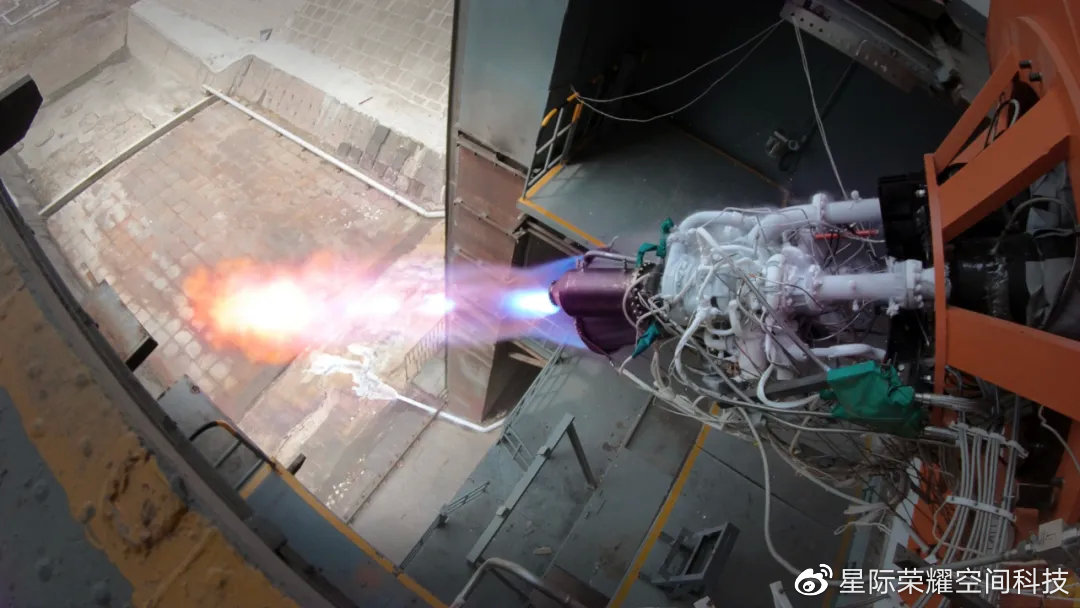
A Long March 3B rocket launched an Apstar-6D high throughput wideband communication satellite on 9 July 2020.A Long March 2D rocket launched a Shiyan 6-02 satellite with unknown purpose on 5 July 2020.
It is the 338 flight of Long March series.
| Thread starter | Similar threads | Forum | Replies | Date |
|---|---|---|---|---|
|
|
Maldives : News, Updates & Discussions. | Subcontinent & Central Asia | 2 | |
|
|
Latin America : News , Updates & Discussions. | Americas | 7 | |
|
|
European Union(EU) Politics - News, views and Updates | Europe and Russia | 7 | |
|
|
EU : News , Discussions & Updates. | Europe and Russia | 0 |
